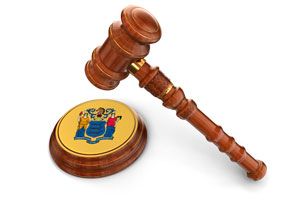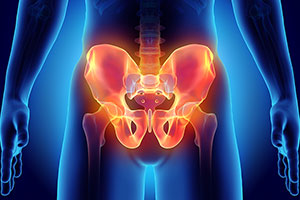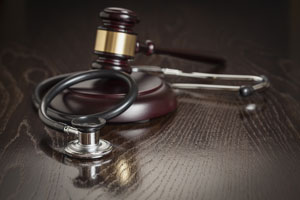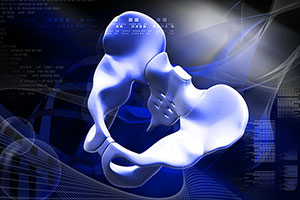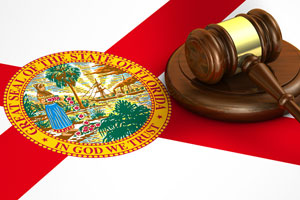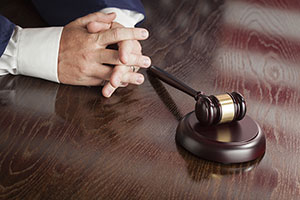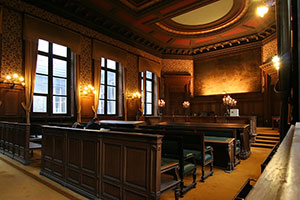In an unpublished opinion, the Superior Court of New Jersey Appellate Division reaffirmed the New Jersey rule that a treating physician may testify about the diagnosis and treatment that he or she provided to a patient, but may not provide an expert opinion about whether a doctor who previously treated the patient committed malpractice.
Malpractice Allegations
Alexandra Granovsky sued Dr. Stephen Chagares for medical malpractice. The alleged malpractice occurred during a laparoscopic cholecystectomy to remove Granovsky’s gallbladder.
Two ducts descend from the liver to carry bile to the small intestine. They merge into a single duct, known as the common hepatic duct. The common hepatic duct, in turn, merges with the cystic duct that descends from the gallbladder. The part of the duct that joins the small intestine after the common hepatic duct and the cystic duct merge is called the common bile duct.
A gall bladder removal requires the surgeon to cut the cystic duct. Dr. Chagares instead cut the common bile duct, mistaking it for the cystic duct. All parties agreed that cutting the common bile duct is not part of the procedure to remove a gall bladder. It was also agreed that cutting the common bile duct can cause serious harm to a patient if left unrepaired.
A few days after the surgery, Granovsky was treated in an emergency room for vomiting and jaundice. A surgeon, Dr. Manuel Rodriquez-Davalos, discovered that Granovsky’s common bile duct had been severed. The surgeon repaired the injury by connecting the hepatic duct directly to the small intestine, bypassing the common bile duct.
There was no dispute that Dr. Chagares cut the wrong duct while removing Granovsky’s gallbladder. Nor was there any dispute that a severed common bile duct is a serious medical condition. The question at trial was whether cutting the wrong duct is a deviation from the appropriate standard of care that should govern a general surgeon who performs a gallbladder removal.
The jury found in favor of Dr. Chagares. Granovsky appealed.
Expert Witness Testimony
Granovsky’s liability expert, Dr. Michael Drew, testified that Dr. Chagares deviated from the appropriate standard of care “by failing to obtain a critical view of both the cystic duct and the cystic artery entering the gallbladder before clipping and cutting either structure.” He also testified that Dr. Chagares should have realized the error before closing the surgery.
Dr. Drew faulted Dr. Chagares for using an outmoded “infundibular” approach rather than obtaining a critical view before cutting a duct. He testified that the infundibular approach was abandoned in the 1990s and replaced with the critical view method because the infundibular technique resulted in too many common bile duct injuries during the first years of laparoscopic cholecystectomies.
Two defense experts testified that cutting the common bile duct is a “recognized complication” of gallbladder surgery and not a deviation from the accepted standard of care. They also testified that “misidentification is not malpractice.”
One of the defense experts, Dr. Josef Fischer, testified that misidentification occurs because ducts are small, are not in the same configuration in every patient’s body, and are often obstructed from the surgeon’s view. He also testified that while laparoscopic surgery has a reported rate of common bile duct injuries of .4 to .7 percent, newer research suggests the actual rate might be as high as 4 percent. Dr. Fischer agreed that Dr. Chagares made an error but contended that the error was not malpractice. Dr. Fischer believed that when surgeons make the same error in 4 percent of all surgeries, the error is a “known risk” and making it is not medical malpractice.
The appellate court noted that “known risks” of a surgical procedure can be relevant to the standard of care applicable to the surgeon performing the procedure. In essence, if the medical error will occur in a certain percentage of cases no matter how much caution the doctor exercises, the error is a “known risk” and is not necessarily the result of negligence. The question for juries to resolve is whether the particular error that the doctor committed was avoidable or unavoidable. Mistaking one body part for another may seem to most juries to be an obvious act of medical negligence, just as mistaking a red traffic light for a green one is an obvious act of driving negligence. For that reason, expert testimony that a medical error is a “known risk” does not always carry great weight with juries.
Dr. Fischer then went off on a tangent, explaining that he thought malpractice cases should not be in the court system at all and that some other mechanism should be found for compensating patients. In light of its decision to reverse the judgment for other reasons, the appellate court did not decide whether the trial court erred by limiting cross-examination of Dr. Fisher’s “political opinions” about the nature of malpractice litigation.
Testimony of Treating Physician
Granovsky took the deposition of Dr. Rodriquez-Davalos, who performed the surgery to repair the harm caused by the severed common bile duct. The parties stipulated that Dr. Rodriquez-Davalos was testifying as a treating physician, not as Granovsky’s expert witness on the issue of malpractice liability.
Dr. Rodriquez-Davalos testified that Dr. Chagares did not deviate from the appropriate standard of care. In particular, he testified that it is easy to confuse the common bile duct, the hepatic duct, and the cystic duct since they are small and near each other. He also testified that the mistake is not uncommon and that it can happen to any surgeon in the country. Granovsky moved to strike that testimony because it was not responsive to the questions that Dr. Rodriguez-Davalos was asked. The court granted that motion.
The defense then asked to take its own deposition of Dr. Rodriguez-Davalos. The court allowed the deposition but ruled that no testimony should be elicited about whether Dr. Chagares deviated from an appropriate standard of care. The defense elicited exactly that testimony and, at trial, a different judge allowed the deposition to be read to the jury in its entirety.
On appeal, the trial judge’s ruling was deemed to be in error. Like most states, New Jersey classifies a treating physician as a fact witness, not as an expert witness, when the physician testifies about the diagnosis and treatment that the physician rendered. When a treating physician testifies whether another doctor committed malpractice, however, the treating physician is testifying as an expert witness, not as a fact witness.
While Dr. Rodriguez-Davalos was entitled to testify that he treated Granovsky for a severed bile duct, he should not have been allowed to testify about why the bile duct might have been severed or the ease with which surgeons might make that mistake. The court adhered to the New Jersey rule that “medical malpractice defendants may not use the plaintiff’s treating doctors to provide expert testimony relating to deviation from the standard of care.” The appellate court concluded that the trial court’s error may have affected the outcome of the trial since juries might find a treating physician to be more credible than doctors who have been retained as expert witnesses. The court therefore reversed the judgment and remanded the case for a new trial.


